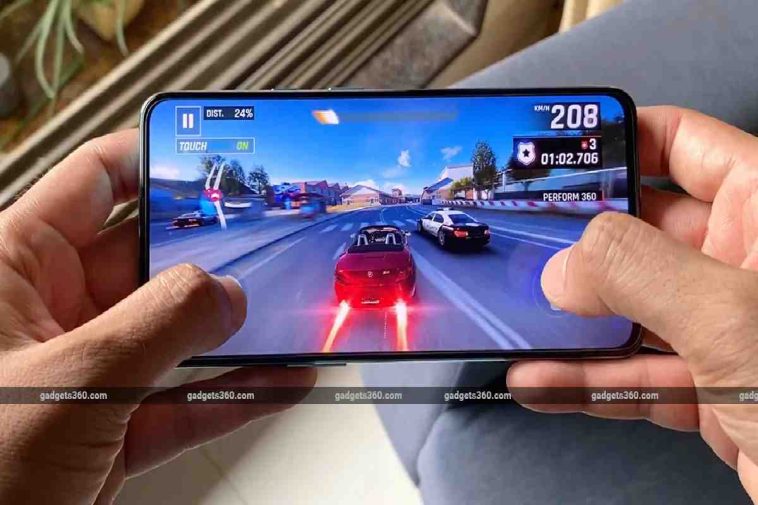You might not remember when Snake ruled the mobile world, but trust me, that pixelated serpent was the hero of millions of bored commutes. Back in 1997, it was preloaded on Nokia phones and became both a time-killer and a revelation – proof that gaming didn’t need a joystick or cartridge to be sticky.
That was the start. From there, mobile gaming morphed, stretched, and eventually exploded into something almost unrecognizable.
The App Store Changed Everything
Smartphones leveled up the game, both literally and figuratively. Once the iPhone and App Store hit the scene in 2008 and 2009, developers had a playground, and users did too. Indie creators got creative, big studios jumped on the bandwagon, and games went from pay-once to free-to-play with shiny add-ons. And ads, of course. Everybody wanted in, fueled by in-app purchases and addictive design.
Take Angry Birds or Candy Crush. Simple mechanics, catchy visuals, endless replay value. Candy Crush, especially, is still a force, with over 200 million monthly players in 2024, and it’s raked in more than $20 billion lifetime.
Solitaire Never Left, It Just Got Sharper
Then there’s Solitaire. You know that quiet card game people open when nothing else works, or when they just want to sort cards on a quiet afternoon? Solitaire goes way back, centuries even, but it really hit a second life when smartphones made it effortless to play.
In 2024 alone, solitaire-style games were downloaded over 348 million times and earned nearly half a billion dollars globally. It’s comfort gaming, but big business too. Maybe because it’s calming, predictable, even meditative, Solitaire and its variants still hold a space on our phones – even when the push notifications are shouting for attention.
That quiet comeback is part of why popular card games still show up in the app charts today. Some things really don’t go out of style.
Hyper-Casual Took Over the Timeline
Phones aren’t just about passing time one level at a time. We hit another leap with hyper-casual games – Crossy Road, Flappy Bird, you know the type. These are the micro bites of gaming: one-touch, one-thumb, one-second-at-a-time pleasures. Totally snackable, totally addictive, and usually free – with ads doing a lot of the revenue grunt work.
They’re disposable and memorable at the same time. You play 20 seconds, fail, laugh, repeat. And you’re still thinking about it hours later.
The World Became the Game
Then Pokémon Go broke everything open. It dragged us outside – literally – turning the real world into a gameboard and showing how gaming could plug directly into where we are. The line between physical and digital blurred overnight, and suddenly your GPS was part of the experience.
This wasn’t just gaming anymore. It was movement, location, timing – and proof that mobile devices weren’t just passive screens. They could create experiences that made you look up, walk outside, and chase a digital dragon across a public park.
Now We’re Streaming
Fast forward to now. Apple Arcade and Google Play Pass give users a buffet of premium mobile games with no ads. Xbox Cloud and GeForce Now let you run console titles on your phone without even installing them. Smartphones have quietly become full-on gaming platforms – not just casual time-fillers.
It’s a long way from Snake, but it makes perfect sense. We carry supercomputers in our pockets now. Why wouldn’t we expect them to play like one?
The Same Game, Just Repackaged
So what does that all mean? We’ve gone from boredom to blockbuster, from Snake’s black-and-green grid to Candy Crush’s sugar-coated worlds, from solitaire stillness to Pokémon Go’s physical buzz. Today, a game can be a quick distraction or a streaming-level epic – and often both.
Feeling nostalgic yet? Maybe pull out your old phone someday, load Snake or Solitaire, and see how that simple rhythm still hits. It’s the same itch that had you hooked as a kid – and it’s why mobile gaming, in all its forms, still has our thumbs.

